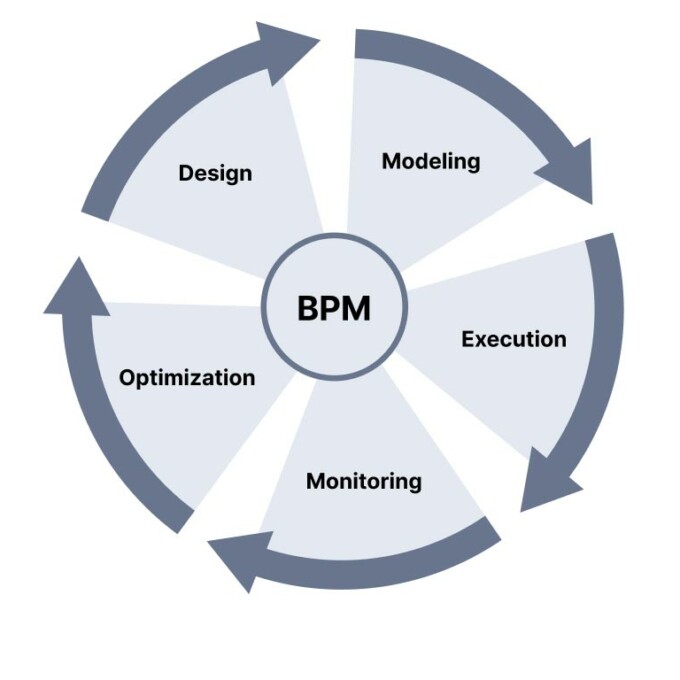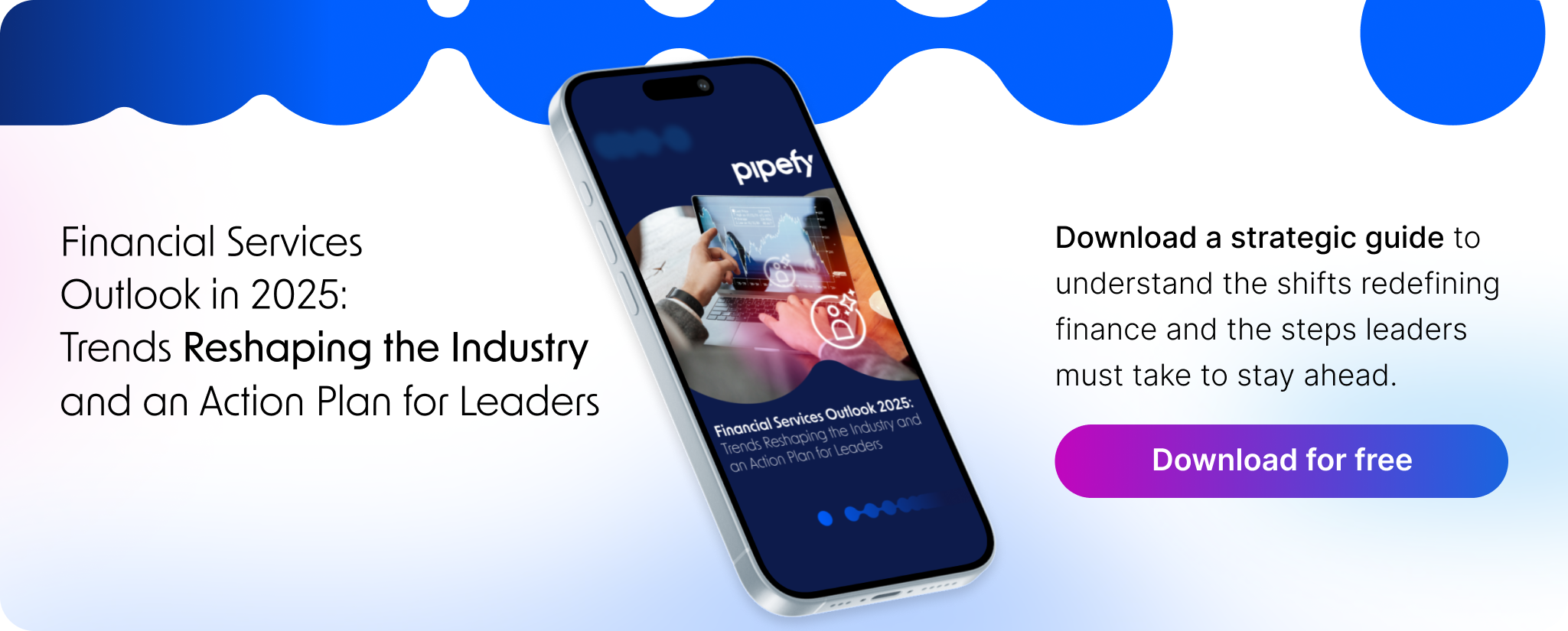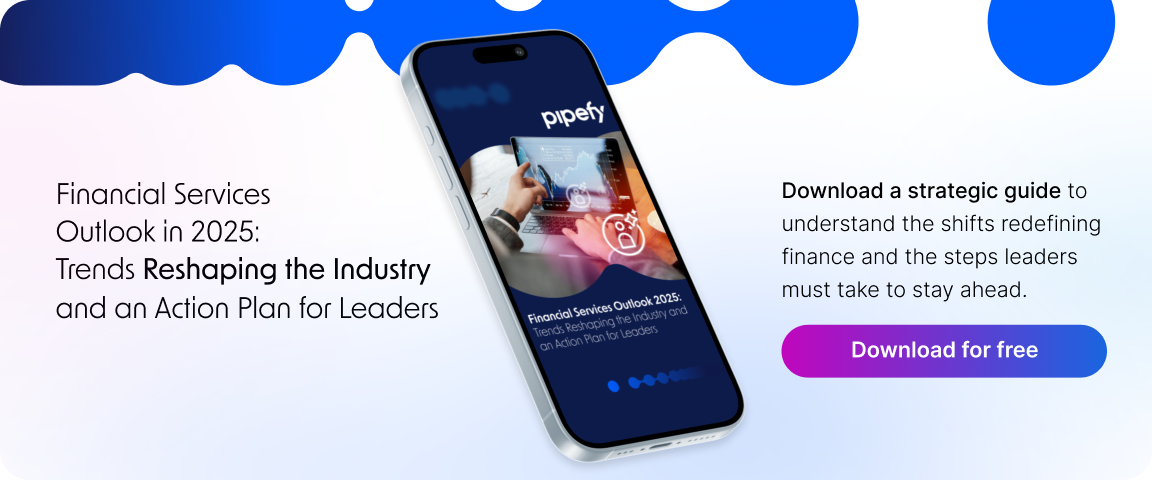
Estimated reading time: 6 minutes
Business process management (BPM) and workflow are two terms you’ve likely heard in professional circles, but it’s not always clear what they mean.
Workflow and BPM workflow are often incorrectly conflated, but there are a number of key differences between them. By understanding what each term means, you can build better, more efficient processes for your business and your employees.
Here, we’ve outlined some of the key components of each process so you can better understand what they mean and how they affect your business.
What Is Workflow?
Workflow, also referred to as “event BPM workflow,” describes the sequential steps taken to complete a task. Put simply, it’s the process through which a particular job gets done.
Every office has workflows, no matter how big or small the company is. In general, workflows are:
- Made up of a series of tasks
- Limited in scope
- Completed in a defined sequence
- Repeatable
Workflows are well-defined parameters that describe the execution of a single job, such as employee reimbursement, adding clients to a database or addressing a customer service ticket. They’re the processes that allow documents, data and other business tools to flow through your organization.
Not all workflows are created equal, though. There are three main types of workflows, and each one functions differently:
1. Sequential Workflow
Sequential workflow is typically chart-based and moves in one direction: forward. Moving forward relies on the success of the previous step, so if a step fails, the process stops. Sequential workflows are appropriate for managing processes with highly repetitive steps like ordering and sales processes.
2. State Machine Workflow
Unlike sequential workflow, state machine workflow can move backward. Returning to previous points as needed is a hallmark of this approach.
States vary by process, but an example is a workflow with three states: To Do, Doing and Done. When you’re ready to start a project from the To-Do category, you move it over to the Doing category. However, if you begin the project and realize you’re missing essential information, you may need to move it back to the To-Do category.
3. Rules-Driven Workflow
Rules-Driven workflow is based on sequential workflow methodology but adds rules that dictate how the workflow can progress. An example is a construction blueprint, where different project elements require different preparations, tools or workers. Until all the necessary elements are in place, the project cannot move forward.
What Is BPM?
BPM, on the other hand, has to do with the system through which workflows feed into one another across teams and departments, making up the overall functionality of your business. It’s a continuous function versus a one-time event. For example, if a single workflow is like flying an airplane, your BPM workflow is like running an airport.
Organizations that are attentive to BPM usually use specialized software to help identify, map and optimize their processes. This BPM software analyzes the efficacy of business processes by examining them across their whole cycle.
The overall goals of BPM are to reduce costs and increase productivity through systemic management. BPM can help organizations:
- Improve communication and operational processes
- Address supply chain issues
- Reduce the impact of human error
- Comply with industry and governmental regulations
- Define organizational responsibilities and roles
BPM drives better decision making by producing reliable data and metrics that process managers can analyze. The big picture knowledge that an organization can gain from using BPM is valuable for driving every business team toward the shared goal of optimal performance.
Companies apply BPM principles to their processes through analysis, modeling, automation, integration and optimization. BPM software can help organizations figure out where to integrate automation into their processes.
How Does the BPM Lifecycle Work?
The BPM process lifecycle typically includes six main steps.

1. Planning and Strategic Alignment
At this stage, BPM involves identifying vital information about a business, including which processes are focused on organizational goals.
2. Process Analysis
During the process analysis stage, organizations take a careful look at their processes. The goal here is to create a big picture view of how the operations function. This analysis can include interviewing key members of teams and studying process documentation.
At this stage, organizations identify bottlenecks, failures, delays and other issues negatively impacting company performance.
3. Process Design
Armed with the knowledge gained from the Planning and Analysis stages, organizations can begin designing more effective processes. Typically, an organization will consider different models to inform the final process design changes.
4. Process Implementation
At this point, BPM software and other tools help organizations implement process changes and create new workflows.
5. Process Monitoring
Once new process designs and workflows are in place, an organization needs to monitor the success rate of the changes. The BPM team takes a look at how long new processes take versus legacy processes and whether new errors are happening as a result of the changes. Ultimately, the team takes a step back to evaluate the overall organizational process.
6. Process Refinement
Now that the BPM team has a solid understanding of how well the process design change is working, they can begin to refine the new processes and workflows. The team will again conduct a careful examination, make changes and start all over again at step one.
How Are BPM and Workflow Similar and Different?
BPM and workflow management both concern about how an organization gets work done. The difference is the scope of analysis. BPM takes a look at your organization from a high level, while workflow improvements help an organization achieve the goals set forth by BPM analysis at a smaller scale.
One way to differentiate BPM from workflow is by considering how they’re applied. Workflow is a part of BPM and focuses more on task management and repeated individual processes. BPM focuses on optimizing high-level processes across people and systems. Comprehensive, critical processes are a good fit for BPM, while smaller, less complicated scenarios can be tackled through workflow processes.
Companies can use data about their BPM workflow to work toward shared goals like reducing bottlenecks, eliminating redundancies and achieving maximum operational efficiency. Ultimately, both workflow management and BPM can help organizations to find ways to reduce costs.
Remember, you don’t necessarily need to perform a workflow engine vs BPM analysis, and focus on just one or the other. Workflow is not “better” than BPM or vice versa. They’re both critical to helping companies achieve their goals, and when used well, can both contribute to more efficient, more effective workplaces.
Pipefy Improves Processes
The Pipefy platform offers BPM features that can help your organization overhaul its processes, increase efficiency, optimize employee performance and achieve many other high-level institutional goals.
In this sense, Pipefy improves workflows by adding automation that can handle repetitive, time-consuming tasks your employees are spending too much time addressing. It can also help teams communicate and complete tasks quicker and more accurately.
When you need to take control of your organization with the big picture in mind, Pipefy is the perfect partner. Reach out today to learn more.










